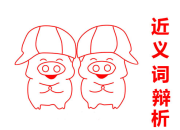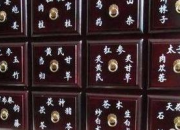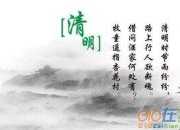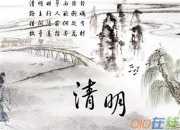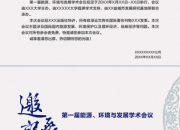高考英语热点主题作文
时间:2021-08-31My View on Money 我的金钱观
Many people regard money as the most important thing in their life, but I don t agree with them. There are so many things that money can t buy. The first, money can t buy us knowledge, abilities and experience. The second, money can t buy us a happy mood and a good health.
许多人认为金钱是生活中最重要的东西,但我不同意他们的观点。有很多东西是金钱买不到的。第一,金钱不能为我们买到知识,能力和经验。第二,钱不能买来快乐的心情和健康的身体。
However, money plays a significant role in our daily life. We can t live without it, because we have to use money to buy our daily necessities, like food, drinks, clothes, books, and so on. And we also need money to pay for our houses and education.
但是,金钱在我们的日常生活中扮演着很重要的角色。没有金钱我们无法生活,因为我们必须要用钱来买日常必需品,如食物,饮料,衣服,书籍等等。我们还需要钱来买我们房子获得教育。
All in all, we should have a correct concept of money. We can t live for money, but take it as a tool leading a better life.
总之,我们应该有一个正确的金钱观。我们不能为了赚钱而活,而是要把它作为一种能领导一个更好的生活的工具。
地震作文用语及避震知识 The earthquake
刚刚发生的青海地震让大家心里都对地震又恨又怕。虽然天灾我们无法控制,但我们可以做好应对措施,这样就可以尽可能的减少伤亡。
An earthquake is a tremor of the earth's surface usually triggered by the release of underground stress along fault lines. This release causes movement in masses of rock and resulting shock waves. In spite of extensive research and sophisticated equipment, it is impossible to predict an earthquake, although experts can estimate the likelihood of an earthquake occurring in a particular region.
In 1935, American seismologist (地震学家) Charles Richter developed a scale that measures the magnitude of seismic waves. Called the Richter scale, it rates earth tremors on a scale from 1 to 9, with 9 being the most powerful and each number representing an increase of ten times the energy over the previous number. According to this scale, any quake that is higher than 4.5 can cause damage to stone buildings; quakes rated a magnitude of 7 and above are considered very severe. A less-known scale, the Mercalli scale (麦氏震级), was devised by Italian seismologist Giuseppe Mercalli to measure the severity of an earthquake in terms of its impact on a particular area and its inhabitants and buildings.
Some earthquakes are too small to be felt but can cause movement of the earth, opening up holes and displacing rocks. Shock waves from a very powerful earthquake can trigger smaller quakes hundreds of miles away from the epicenter. Approximately 1,000 earthquakes measuring 5.0 and above occur yearly. Earthquakes of the greatest intensity happen about once a year and major earthquakes (7.0-7.9) occur about 18 times a year. Strong earthquakes (6.0-6.9) occur about 10 times a month and moderate earthquakes (5.0-5.9) happen more than twice daily. Most earthquakes are not even noticed by the general public, since they happen either under the ocean or in unpopulated areas. Sometimes an earthquake under the ocean can be so severe, it will cause a tsunami, responsible for far greater damage.
The greatest danger of an earthquake comes from falling buildings and structures and flying glass, stones and other objects.
地震是地球表面的地震,通常由释放沿断层线的地下应力触发。这种释放会导致大量的岩石和产生的冲击波。尽管有广泛的研究和先进的设备,它是不可能预测地震,虽然专家可以估计在一个特定区域发生地震的可能性。
1935,美国地震学家查尔斯李希特(地震学家)开发的规模测量地震波的幅度。名为李希特的规模,它的利率地震的规模从1到9,9是最强大的,每个数字代表比上年增加十倍的能量。根据这一规模,任何超过4.5的地震都会对石材造成破坏;7级以上的地震被认为非常严重。一个鲜为人知的规模,Mercalli级别(麦氏震级),是由意大利地震学家Giuseppe Mercalli设计地震在一个特定地区及其居民和建筑物的影响的严重程度来衡量。
有些地震太小,不能感觉到,但能引起地球的移动,打开孔和位移的岩石。从一个非常强大的地震的冲击波可以触发较小的地震数百英里以外的震中。约5地震测量1000和以上发生每年。强度最大的地震发生大约一年一次大地震(7.0-7.9)发生大约一年18次。强烈的地震(时)发生约10次一个月和中强地震(5.0-5.9)发生超过每日两次。大多数地震都没有注意到的公众,因为他们发生在海洋或无人区。有时在海洋下的地震可能是如此严重,它会引起海啸,造成更大的伤害。
一次地震的最大危险来自于建筑物和建筑物以及飞行玻璃、石块等物体
